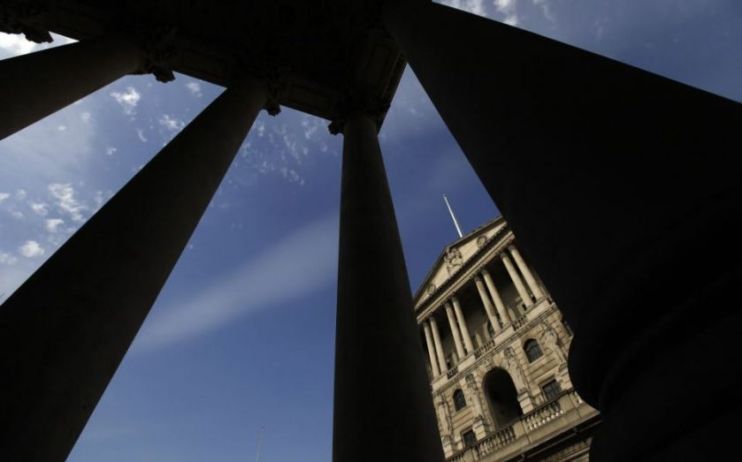Do central banks have enough firepower to fight the next recession?

By the end of 2019, the UK and US had achieved a decade recession free.
That’s an impressive feat, but fears of a recession remain. In fact, those fears peaked last year due to worrying signals from financial markets.
When the next recession does raise its head, it will be up to our central banks to try to fight it. But do they have enough firepower? This is not a new question, of course, but a recurring one, and it has led to a flurry of introspection by central bankers over the past few weeks.
By firepower, I mean the levers (such as interest rates) that the central bank can pull — and pull hard enough — to coax consumers and companies to spend more and raise demand. Prompted by the devastation of the global financial crisis, major central banks dropped interest rates down to near zero. But that alone was not enough to kickstart the economy, leading to experimentation with new tools.
Two have proven popular: quantitative easing (QE — purchases of government and corporate bonds to lower long-term interest rates), and forward guidance (FG — a promise by the central bank on the future path of monetary policy).
What do the central bankers themselves think? In a high-profile speech on 4 January, former Federal Reserve chairman Ben Bernanke was optimistic. He claimed that the Fed has sufficient ammunition to fight the next recession.
The Bank of England’s outgoing governor Mark Carney struck an equally optimistic tone on 9 January. However, the former president of the European Central Bank, Mario Draghi, was less positive, saying that monetary policy was losing its potency and openly calling for help from fiscal policy.
The central banks do still possess some firepower, although it may not be enough. Bernanke estimates that the Fed’s QE and FG firepower is equivalent to two to three percentage points in interest rate cuts. On top of this, the Fed Funds rate could be cut by 1.5 to 1.75 percentage points. Combined, that gives the Fed 3.5 to 4.75 percentage points of leeway.
Unfortunately, that falls short of the five percentage points of rate cuts usually seen during a recession. Meanwhile, the Resolution Foundation estimates that the Bank of England has only 2.5 percentage points of total firepower — half of what is normally required.
There is also plenty of criticism of QE, FG, and other unconventional tools. Former US treasury secretary Larry Summers has said: “I just don’t believe QE and that stuff is worth anything like another three percentage points”. I agree.
These new policy tools only work if central bank plans are credible, and consumers, investors, and companies respond in the way that central banks expect. The problem is that plans change, and behaviour is unpredictable. Clearly, our current central banks face a number of puzzles.
A moment of truth is coming. The current central bank framework, which focuses on achieving inflation targets, has been in place since the early 1990s. It has served many countries well, but the cracks are showing.
Whether this framework survives the next decade or not remains to be seen. I have a hunch that it will not.
Main image credit: Getty
